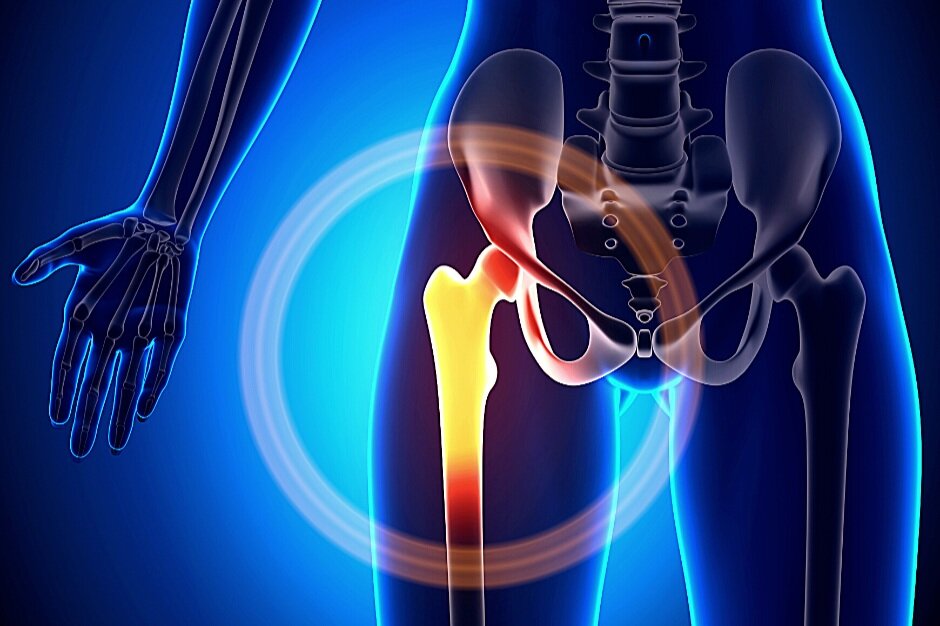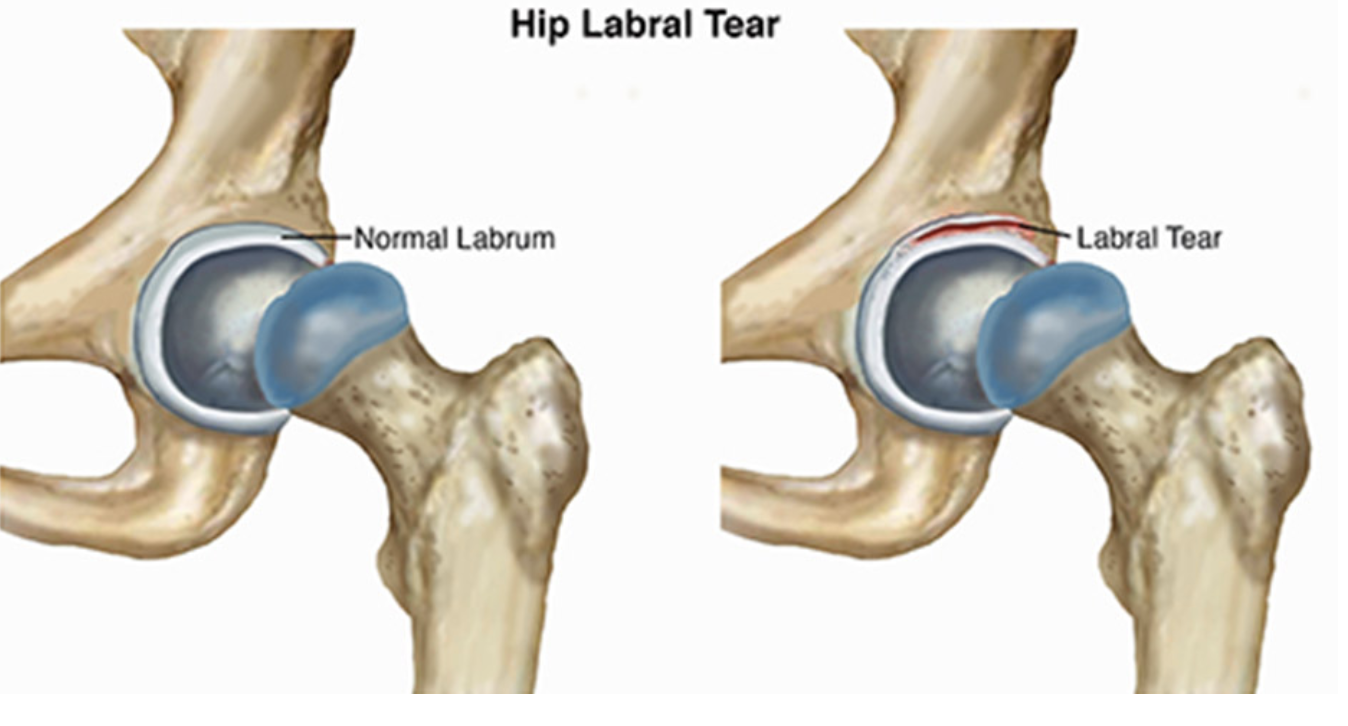Physical Therapy for Hip Labral Tears
A hip labral tear involves the hip labrum separating or pulling away from the hip socket. Hip labral tears can result from direct trauma to the hip joint but are most common due to repetitive stress on the hip, such as in soccer, hockey, and long-distance running. Physical therapy plays an important role in addressing hip labral tear symptoms and maximizing the hip’s strength and mobility through manual therapy, therapeutic exercise, and progressive strengthening program.
Hip Labral Tears
The hip labrum is a ring of cartilage encircling the hip socket that stabilizes the hip joint, distributing pressure placed on the joint, allowing for more shock absorption, and improving joint movement. The hip joint is where the thigh bone meets the pelvis and functions as a ball-and-socket joint that allows the hip to move in several directions. The hip labrum not only creates a suction-like force that holds the thighbone in place but also manages the fluid within the hip joint, acting as a rubber seal and allowing for ease of movement.
Hip labral tears can result from direct trauma (e.g. a fall or car accident) but are most common due to repetitive stress to the hip joint. Labral tears are common in sports like soccer, hockey, and long-distance running that require extremes of motion, repetitive twisting, and sharp movements. A labral tear occurs when a part of the labrum separates or pulls away from the socket.
Symptoms of a hip labral tear can include:
Pain or a deep ache in the front of the hip or the groin that limits your ability to stand, walk, squat or climb stairs
Painful clicking or catching with hip movements, feeling as if something is stuck in the hip blocking hip motion
Sharp pain in hip or groin when squatting
Pain that increases with prolonged walking or sitting
Pain can come on gradually rather than from a specific episode (when due to overuse)
Hip instability, involving weakness in the muscles around the hip or the feeling of the bone giving way
Stiffness in the hip
Physical Therapy Treatment for Hip Labral Tears
Physical therapy plays an important role in addressing hip labral tear symptoms and maximizing the hip’s strength and mobility. Treatment for a hip labral tear often begins with physical therapy, helping patients avoid surgery and regain function; if surgery is required, physical therapy is crucial to regain function of the hip. The physical therapist conducts a physical examination of the hip and surrounding area, testing how the patient walks, steps, squats, and balances as well as testing the strength and mobility of the hip and the leg. From there, the therapist designs a customized treatment plan based on the patient’s condition.
Physical therapy treatment for a hip labral tear can include:
Pain management modalities
Manual therapy, gently moving muscles and joints to decrease pain and improve range of motion
Movement re-education, particularly of the hip and back which can increase tension in the hip joint
Muscle strengthening, targeting weak muscles or muscle imbalances using a progressive resistance program
Strengthening of the muscles surrounding the hip that absorb the shock and force of repetitive movement (such as running), including the glutes, quadriceps, abdominal muscles, and hamstrings
Low-intensity aerobic exercise, such as the elliptical or aquatic therapy
Functional retraining to transition back to work and sport-related activities
If you have experienced a hip labral tear, start treatment now with physical therapy to regain function, strength, and mobility in the hip!

